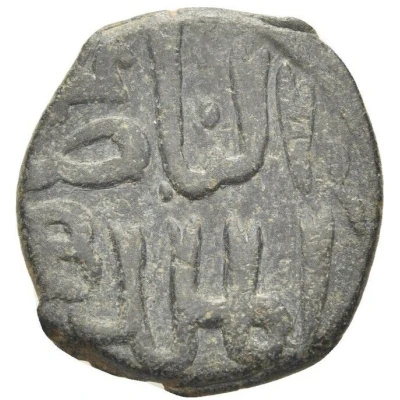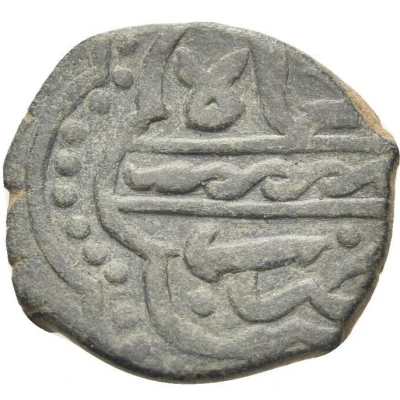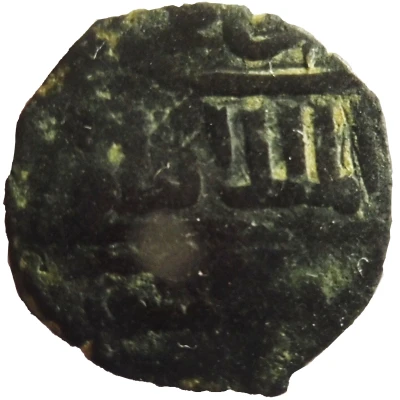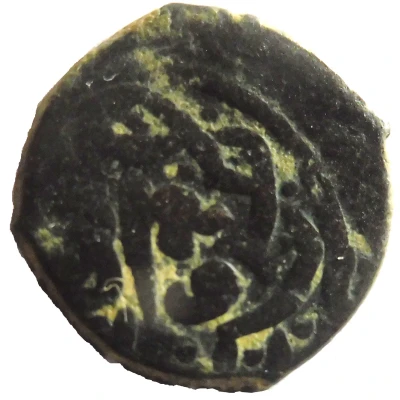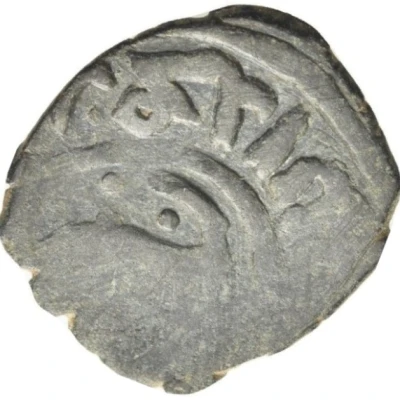
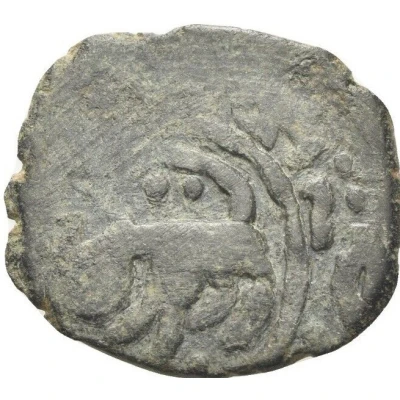

© ALAMIR
Fals - al-Nâsir Hasan Halab
752 (1347-1352) years| Copper | 2.3 g | 17 mm |
| Issuer | Mamluk Sultanate |
|---|---|
| Sultan | Hasan (1347-1351, 1354-1361) |
| Type | Standard circulation coin |
| Year | 752 (1347-1352) |
| Calendar | Islamic (Hijri) |
| Value | 1 Fals (1⁄60) |
| Currency | Dinar (1250-1517) |
| Composition | Copper |
| Weight | 2.3 g |
| Diameter | 17 mm |
| Shape | Round (irregular) |
| Technique | Hammered |
| Demonetized | Yes |
| Updated | 2024-10-05 |
| Numista | N#182454 |
|---|---|
| Rarity index | 94% |
Reverse
Lion passant to left ; around, the mint name followed by the Hijiri year written in full.
Translation:
Duriba bi-Halab sanah ithnata'in wa khams'in wa sebmi'at :
"Struck in Aleppo [during] the year seven hundred and fifty two."
Comment
Balog misattributed this type to Sha'ban II, however new samples clearly show the titulature of Hasan for this type.Interesting fact
One interesting fact about the Fals coin is that it was issued during the reign of Al-Nasir Hasan, who was the last Sultan of the Mamluk Sultanate, which was a powerful state that ruled over much of the Middle East and North Africa during the 13th to 16th centuries. Despite being the last Sultan, Al-Nasir Hasan's reign was marked by significant political and economic reforms, including the introduction of new coinage systems, such as the Fals coin. This coin, made of copper and weighing 2.3 grams, was likely used for everyday transactions and reflects the economic and trade networks of the Mamluk Sultanate during this time period.
